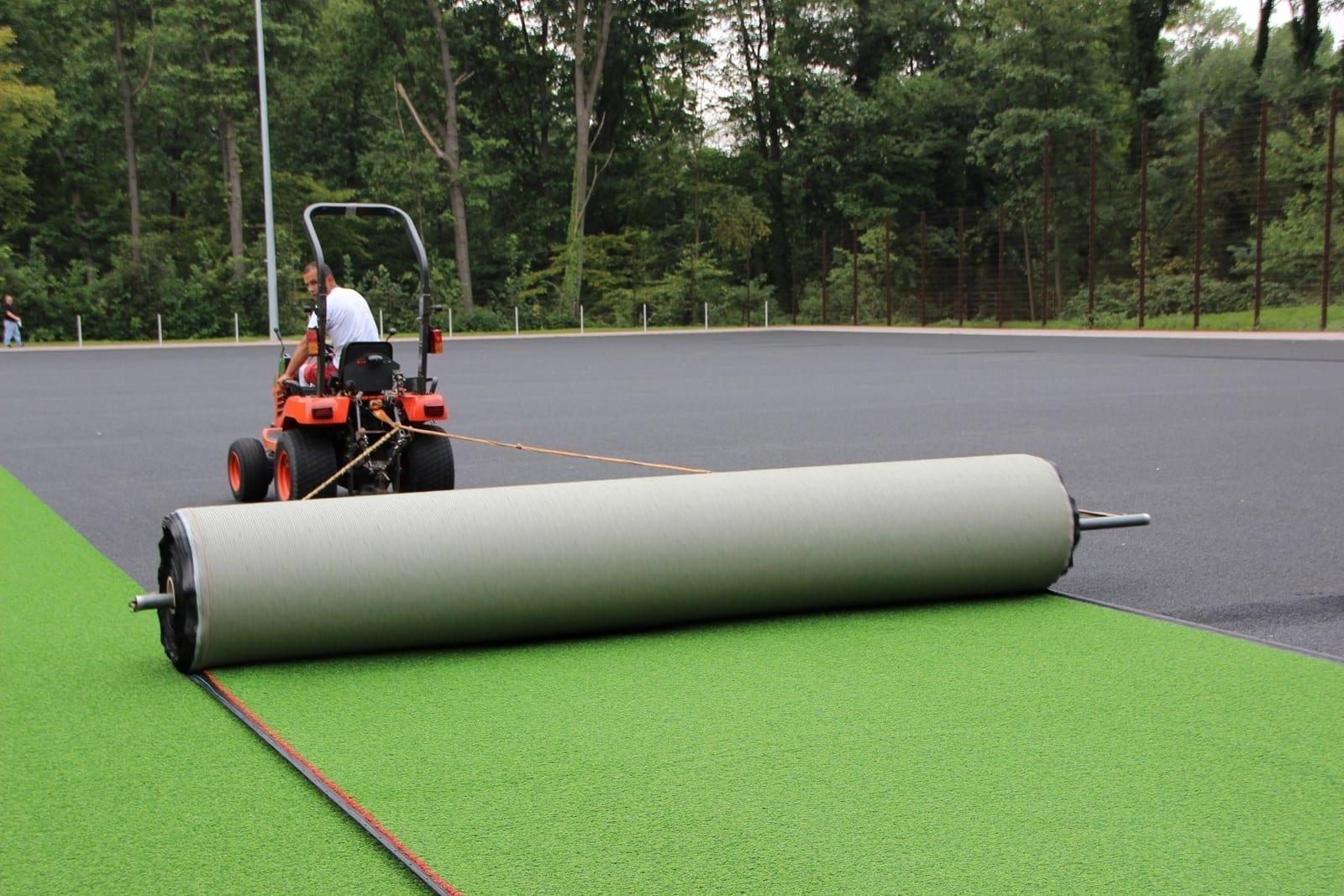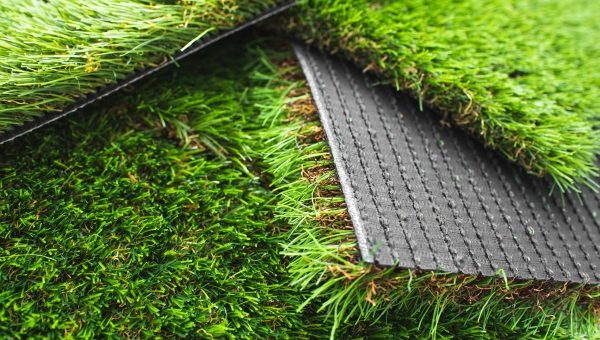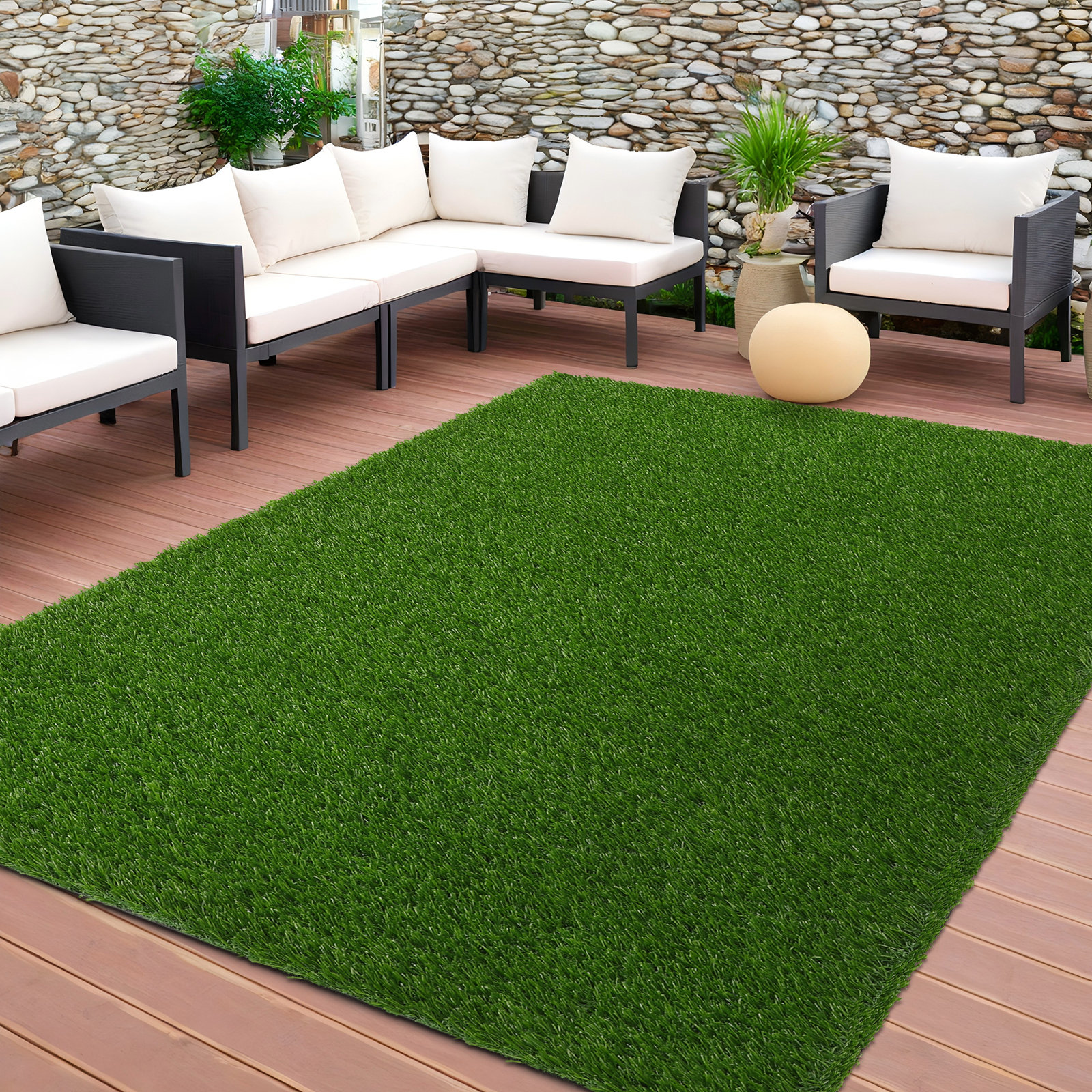Discover Reputable Artificial Turf Companies Phoenix for Your Landscaping Needs
Discover Reputable Artificial Turf Companies Phoenix for Your Landscaping Needs
Blog Article
See Why Homeowners Prefer Synthetic Grass for Lasting Landscape Design Practices
As home owners significantly prioritize sustainability in landscaping, synthetic grass has emerged as an engaging choice to traditional grass. Its ability to conserve water, minimize upkeep efforts, and reduce ecological influence positions it as a sensible choice for those seeking green services. The aesthetic appeal and adaptability of man-made lawn cater to diverse style preferences. Nevertheless, the ramifications of this change expand past plain convenience and looks, triggering a better evaluation of how these options influence broader ecological results. What remains to be explored is the complete scope of benefits that synthetic grass can use to house owners and the atmosphere alike.
Water Preservation Advantages
One of the most substantial advantages of synthetic grass is its duty in water preservation. In contrast, artificial grass removes this need entirely, as it does not need watering.
Moreover, the installation of man-made lawn can contribute to a more sustainable landscape. House owners can dramatically lower their water costs, enabling reallocation of sources to various other ecological initiatives or household uses. Additionally, synthetic grass is created to stand up to numerous weather problems without the requirement for additional watering, making it an optimal option for regions facing water scarcity.
The ecological advantages expand past instant water savings. By reducing water intake, man-made grass assists to alleviate the effects of environment adjustment, protecting important environments that are threatened by excessive water removal. As lasting landscape design methods gain grip, synthetic grass becomes a liable selection for house owners seeking to produce environmentally friendly exterior spaces.
Lowered Upkeep Efforts
Synthetic turf significantly minimizes upkeep initiatives compared to typical lawn yards. With synthetic yard, property owners can remove the time-consuming jobs connected with natural landscape design, such as mowing, fertilizing, and weeding. This not only conserves valuable time yet likewise lowers physical labor, making lawn treatment accessible for individuals of every ages.
Conventional lawns need constant trimming to maintain a visually pleasing elevation, whereas fabricated turf remains regularly rich without the requirement for reducing. Additionally, homeowners no much longer require to use plant foods or chemicals, which are usually called for to keep all-natural yard healthy and balanced.
In addition, artificial lawn is resilient and durable, calling for minimal upkeep beyond occasional cleaning and rinsing to eliminate particles. This convenience of maintenance allows property owners to enjoy their outside rooms without the consistent fear of maintenance, providing even more time for recreation and family tasks. Inevitably, the minimized maintenance initiatives related to synthetic grass make it an enticing alternative for those looking for a low-maintenance, aesthetically appealing landscape.

Ecological Impact Reduction
There is an expanding acknowledgment of the ecological benefits connected with man-made lawn, particularly in terms of water conservation and decreased chemical use. Typical grass require significant amounts of water, particularly in drought-prone areas, causing raised stress on neighborhood water resources. On the other hand, synthetic grass gets rid of the requirement for irrigation, dramatically lowering water intake and advertising sustainability.
In addition, standard grass upkeep usually entails the application of fertilizers, herbicides, and pesticides, which can add to soil and water pollution. Synthetic grass reduces this ecological threat by requiring minimal upkeep and basically eliminating the need for dangerous chemicals. This not just boosts dirt wellness yet also safeguards regional ecological communities from toxic overflow.
Furthermore, the manufacturing of all-natural turf yards typically involves the use of nonrenewable fuel sources for cutting and landscape design devices, additional adding to greenhouse gas emissions. By selecting synthetic turf, property owners can substantially reduce their carbon impact related to grass treatment tasks.
Visual Charm and Adaptability
Along with its environmental benefits, synthetic lawn uses substantial look here visual appeal and convenience for landscape design. Homeowners can accomplish a lavish, eco-friendly look year-round, getting rid of the seasonal fluctuations frequently related to all-natural lawn. This consistent visual not just enhances the aesthetic charm of a building but likewise adds to a polished and well-kept appearance.
In addition, synthetic grass is available in a range of shades, textures, and designs, permitting for customization to match individual preferences and design themes - Artificial turf companies phoenix. Whether utilized in domestic gardens, commercial spaces, or entertainment locations, it can flawlessly incorporate into diverse landscaping layouts, from modern-day minimal to rich tropical setups
The convenience of synthetic grass prolongs beyond mere look; it can be installed in numerous areas, including rooftops, patio areas, and also indoor spaces, developing chances for special landscaping solutions. In addition, it is appropriate for a variety of activities, from youngsters's backyard to pet-friendly environments, giving capability without jeopardizing design.
Eventually, the aesthetic allure and adaptability of man-made turf make it an eye-catching alternative for house owners seeking lasting landscaping remedies that do not compromise charm for environmental duty.

Long-Term Price Savings
One of the most compelling advantages of synthetic grass is its capacity for long-lasting expense financial savings. Unlike natural grass, which requires normal upkeep-- including mowing, watering, fertilizing, and visit the site pest control-- artificial lawn significantly reduces these ongoing expenses.
Additionally, synthetic grass has a lifespan of 15 to 25 years, depending on its high quality and use. This durability reduces replacement costs, making it a more economical choice in the long run. Moreover, the initial financial investment in synthetic grass can usually be redeemed with the savings built up with time.
While the in advance cost might appear greater compared to sod installment, the advancing savings from reduced upkeep and water usage usually exceed these preliminary expenses. Inevitably, the fostering of synthetic grass not only advertises a lasting landscaping service yet likewise provides homeowners a financially smart option that aligns with lasting budgeting objectives.
Verdict
Synthetic lawn emerges as an engaging alternative for lasting landscape design, offering considerable benefits in water conservation, lowered upkeep initiatives, and diminished ecological influence. Its aesthetic charm and convenience enhance the aesthetic landscape while straightening with modern-day sustainability goals. Long-term cost savings contribute to its attractiveness for homeowners. As communities increasingly prioritize environmentally friendly techniques, the fostering of fabricated lawn stands for a modern step toward achieving resistant and lasting landscapes.
In addition, artificial turf is made to stand up to different climatic conditions without the need for supplemental watering, making it a pop over to these guys perfect choice for areas dealing with water deficiency. (Arizona turf)

Fabricated lawn emerges as a compelling option for lasting landscape design, using considerable advantages in water conservation, reduced upkeep initiatives, and decreased environmental influence.
Report this page